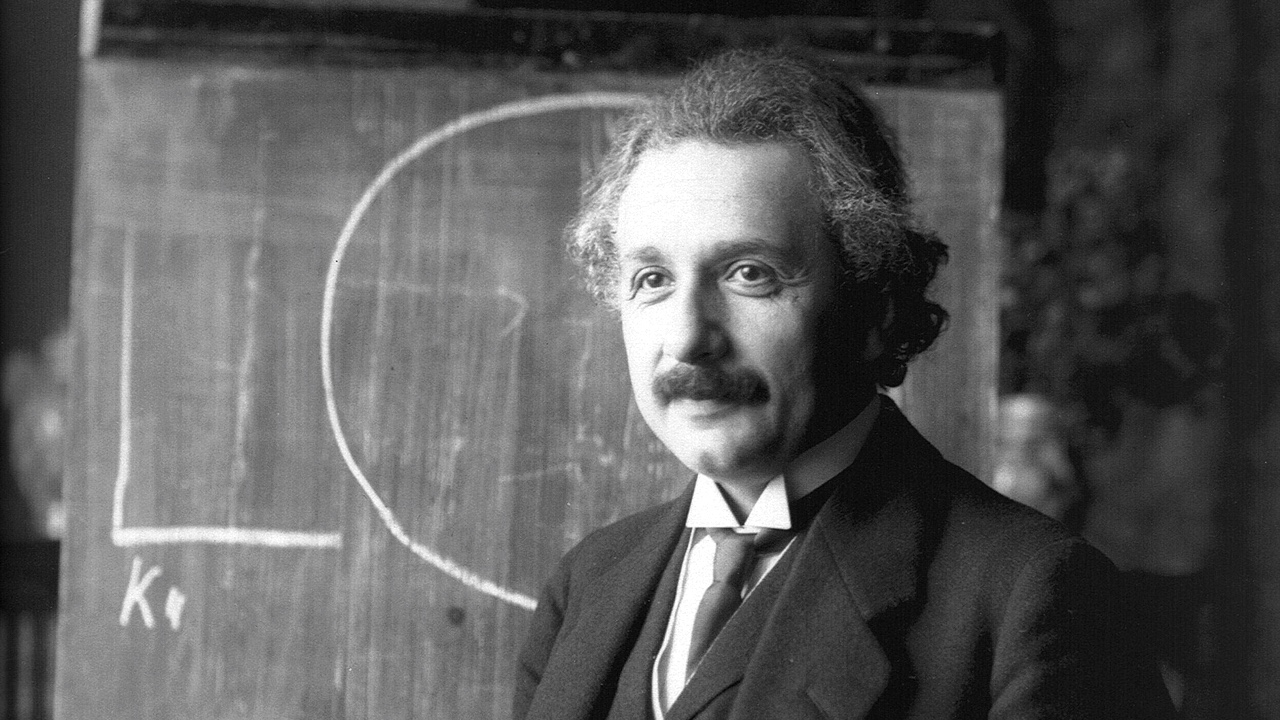
The Universe’s Expansion: A Growing Mystery
The discovery of the Universe’s accelerating expansion in 1998 left scientists scratching their heads, confronting one of the most puzzling questions in modern physics. The cause of this phenomenon challenges our understanding of how the cosmos operates.
Theories abound, ranging from the influence of a cosmological constant to dynamic dark energy or even tweaks to Einstein’s general relativity. To explore these ideas, researchers rely on vast surveys like those from the Dark Energy Survey (DES), which maps galaxies and matter across the Universe.
Breaking Ground Beyond Standard Models
For years, the ΛCDM model has been the go-to framework for explaining the Universe’s structure and behavior. But as data improves, cracks in its ability to explain everything are showing. This has led scientists to explore fresh approaches, including modifications to Einstein’s equations with parameters like μ and η, which are tested against datasets from projects like eBOSS.
Another approach takes a more hands-on, practical direction. Instead of overhauling everything, it modifies Einstein’s equations with two new parameters: μ and η. These tweaks address how gravity and space-time distortions behave.
- μ deals with shifts in the Poisson equation, which governs gravitational forces.
- η captures the differences in how time and space distort under gravity.
Testing Einstein’s Legacy on a Cosmic Scale
Einstein’s general relativity transformed how we understand gravity, showing it as the bending of space-time around massive objects. This revolutionary idea was confirmed in 1919 when a solar eclipse proved that light could be bent by gravity—a phenomenon now known as gravitational lensing.
But do Einstein’s equations hold up when applied to the vast scales of the cosmos? Researchers at the University of Geneva (UNIGE) and Toulouse III – Paul Sabatier University used DES data to measure distortions in space and time. Their published findings revealed gravitational wells were shallower than expected 3.5 to 5 billion years ago—a period coinciding with the Universe’s accelerating expansion.
According to Isaac Tutusaus, lead author of the study, the slower growth of these gravitational wells might be linked to the accelerating expansion itself.
What’s Next?
While this study points to a potential mismatch with Einstein’s theory, the evidence isn’t conclusive yet. The observed discrepancy sits at a 3-sigma level—enough to spark curiosity but not enough to overturn established physics.
That’s where the Euclid space telescope comes in. Launched last year, Euclid is on a mission to observe 1.5 billion galaxies over six years, providing a treasure trove of data on gravitational lensing and cosmic expansion.